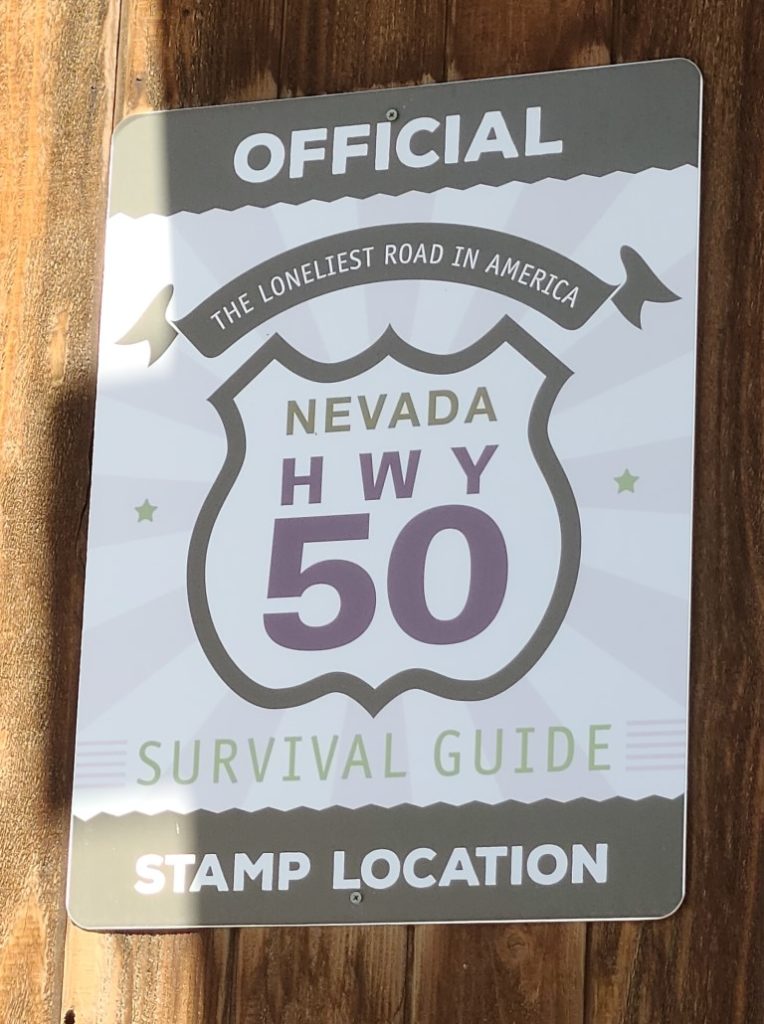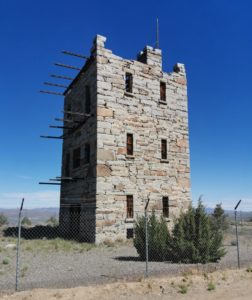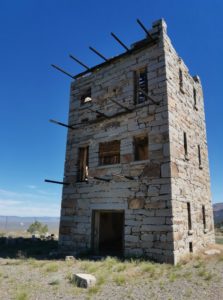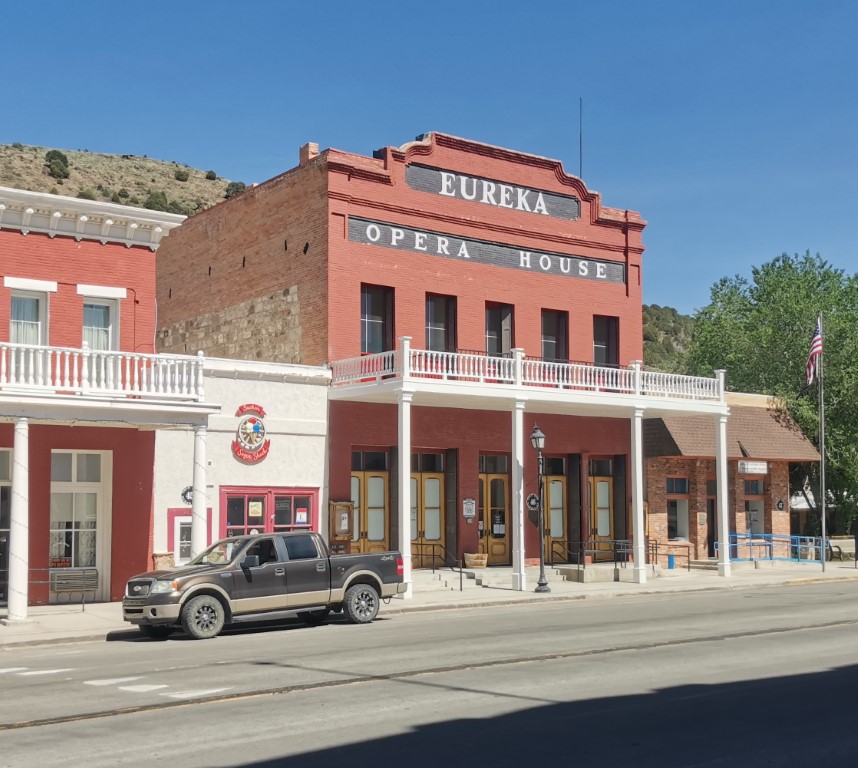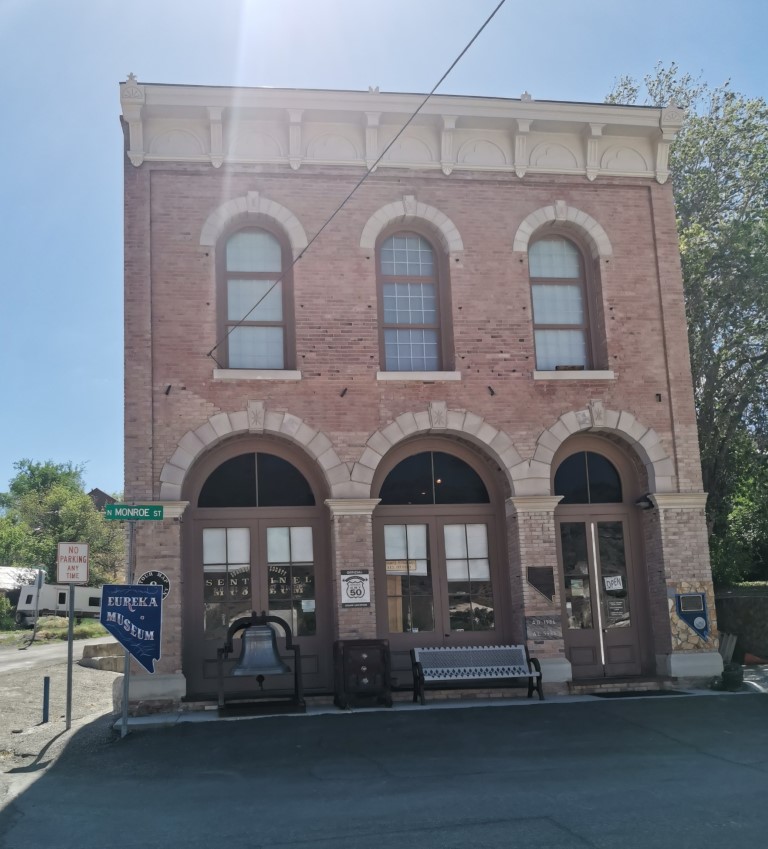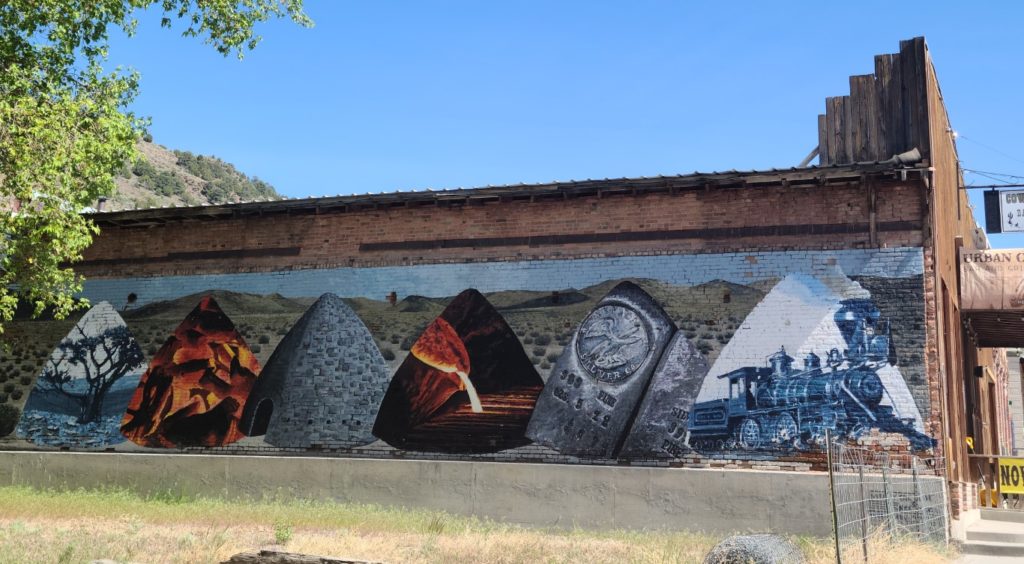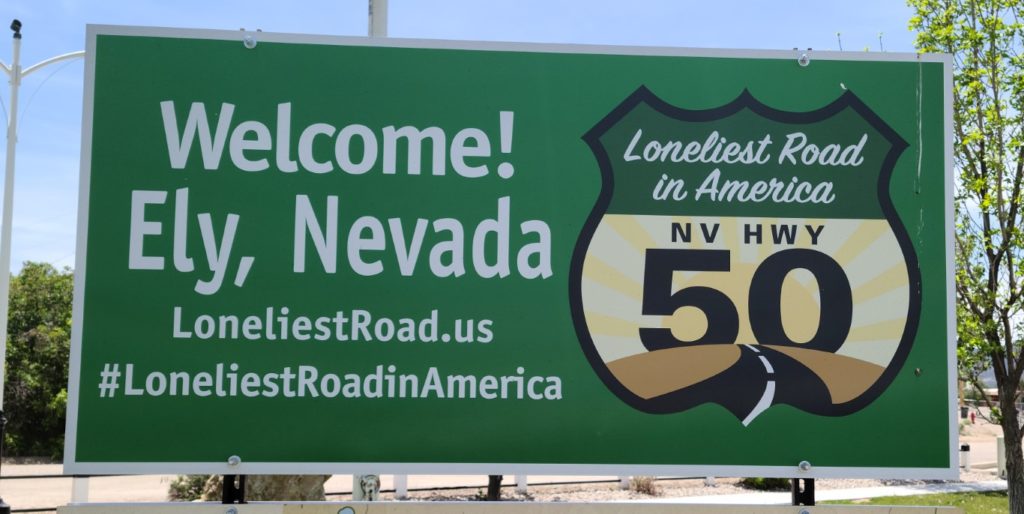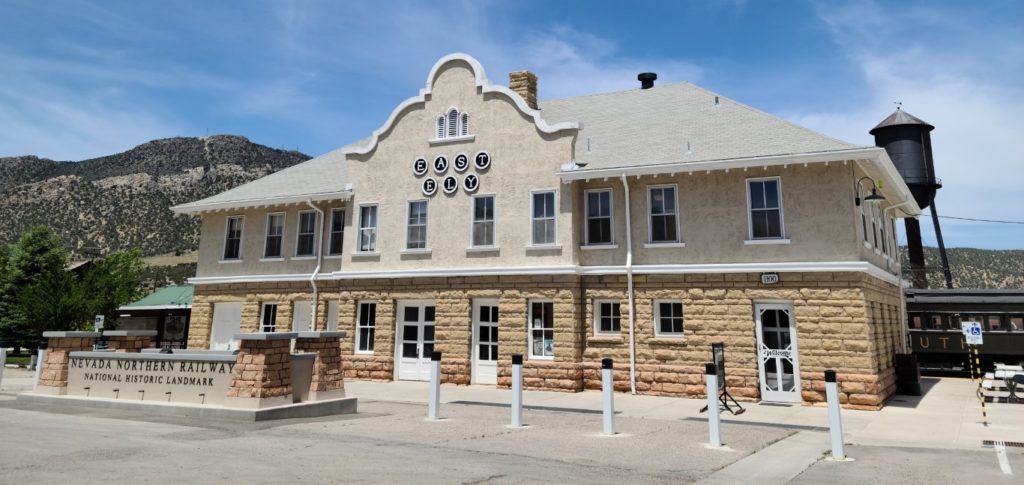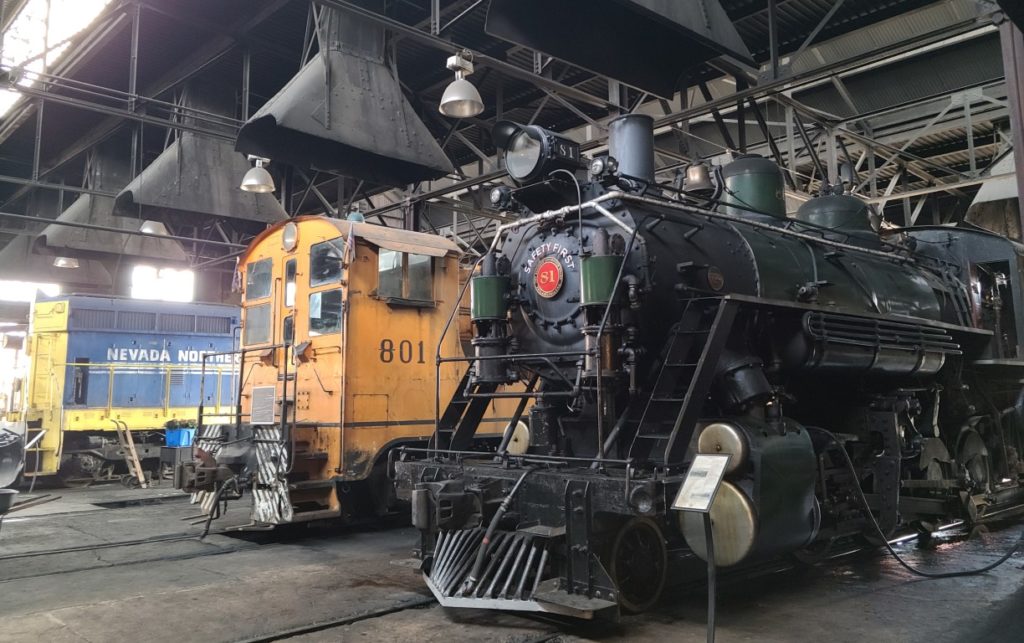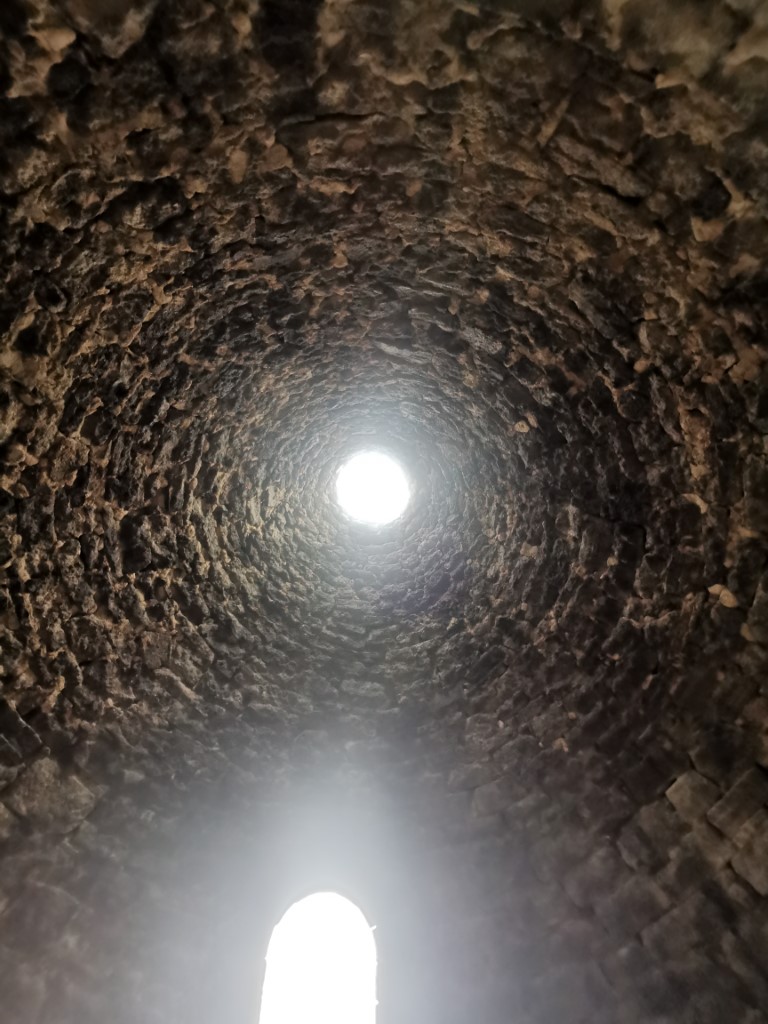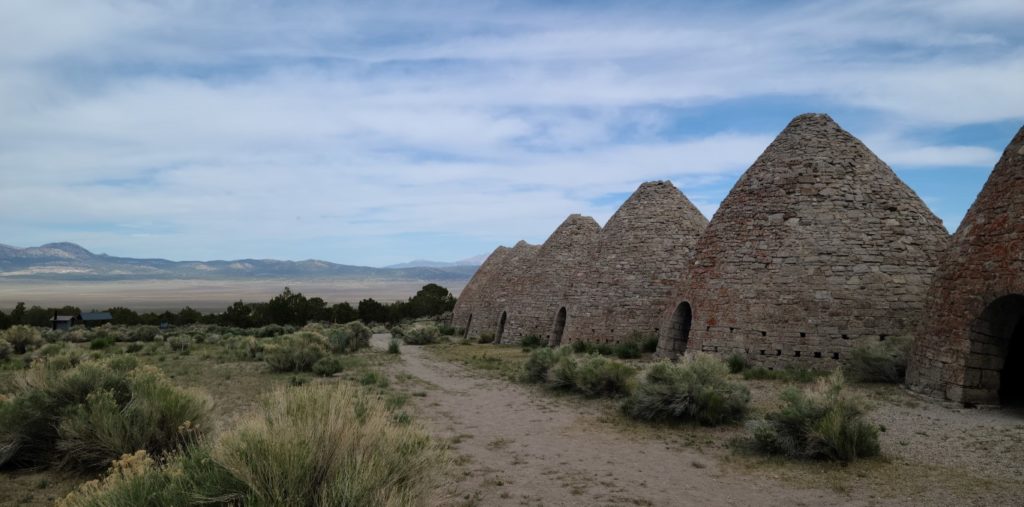Even Highway US 50 named “Loneliest Road”, it has a lot to explore. The original name supposes to tell travelers that there is nothing to see, the road is empty, and be ready to survive. The state of Nevada made a real gem out of it. Yes, it doesn’t have usual places to visit, but many tiny points of interest are spread along the route. You can also grab the official “Survival guide” and collect stamps along the road.
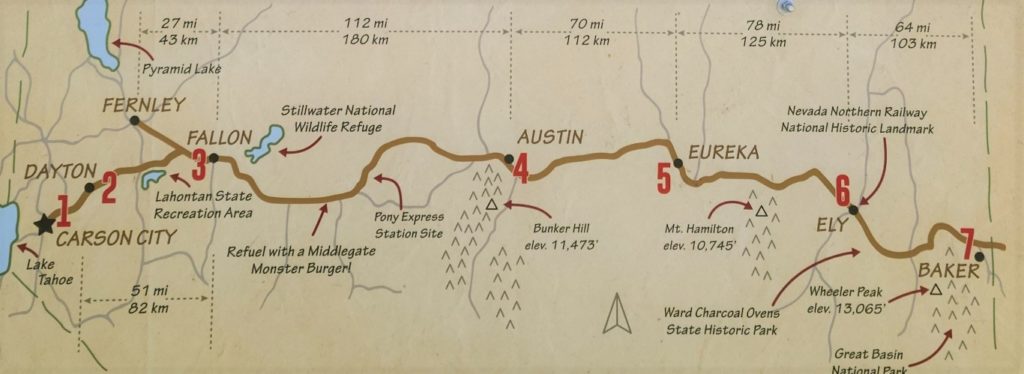
Places to visit
Austin
The little town of Austin is known for its tiny ghosted castle. It sits on the outskirts of the town above everything. Built over a century ago in 1897 by mine and railroad magnate Anson Stokes for his son, it was occupied only for 2 months. Since then it remains ghostly. The architectural idea came from a medieval tower once seen by Anson near Rome. Castle is constructed of huge granite stones held in place by rock wedging and mortar. The building originally had three floors, a couple of balconies, fireplaces, plumbing, and expensive furniture.
Eureka
Eureka is a perfect example of a mining boom town. Founded in 1864 and named by prospectors after the ancient exclamation “Eureka!”, when they finally discovered silver deposits. Mining was mainstream of the town economy, especially lead mining since nearby hillsides were the second richest for that metal in the whole of Nevada. By the 1880s population boomed up to 10000, and the town had court house, newspaper, hotels, and even an opera house. The mining industry was served by a narrow gauge railroad connected to the national network in Palisade. But as mining production decreased due to the market conditions population quickly dissolved, the railroad was closed by 1938, and the current population is only around four-five hundred. Nowadays court house building is serving as the Eureka county administration building, Sentinel Newspaper Building contains a local museum, Opera house was restored in 1993 and has regular performers since then. More about Eureka here.
Ely and Nevada Northern Railway Museum
The town of Ely is the biggest one in the eastern part of the Loneliest Road. Like other towns in the area settled as mining town for gold, later copper became the main mineral in the area. Also, this spot served as a stagecoach station for Pony Express on Central Overland Route, sometimes referred to as the main reason for founding a town here. For full-size copper production and smelting, a railroad was needed. In 1905 construction begins at Cobre, where the railroad connects to Southern Pacific. A year later ball was held in celebration of railroad completion. After that railroad was kept busy with transporting ore between mines and smelter and end products to the rest of America. In the 70s due to declining copper prices mine was shut down, and in 1983 smelter was too. On the same day, the railroad has been closed, workers just left spaces leaving everything they’d been doing. But not like in other nearby towns of Austin and Eureka, the railroad was not been disassembled. In 1986 with help of a donation portion of the railroad, yard and shop facilities were transferred to White Pine Historical Railroad Foundation, a non-profit organization. Today it operates Nevada Northern Railway Museum where you can still see untouched offices with everything left from the past unlucky day. Also, you can take a train ride pulled by historical steam or diesel engine. More about the museum here
Ward Charcoal Ovens
Another small stop just a bit off the main road is Ward Charcoal Ovens. Those are huge dome structures used to create charcoal. It is used for ore melting for nearby mining town Ward (not much left of town: cemetery, few foundations). Each oven takes 6 acres of trees, then burns for 12 days, producing 10500 bushels. It takes about 50 bushels to proceed one ton of silver ore. They worked only for 3 years (1876 – 1879) until silver ore in the area ended and there was no need for charcoal anymore. Sadly but most of the trees in the area never came back.
Great Basin and Lehman Caves
Last to the east is the tiny town of Baker, which serves as the perfect gateway for Great Basin National Park. Park has a lot to offer, you can drive up to 10000 ft and try to conquer Wheeler Peak. Explore many trails and the diversity of nature of the Great Basin. And last, but not least, visit Lehman caves with beautiful stalactites and stalagmites. You can find more information here.
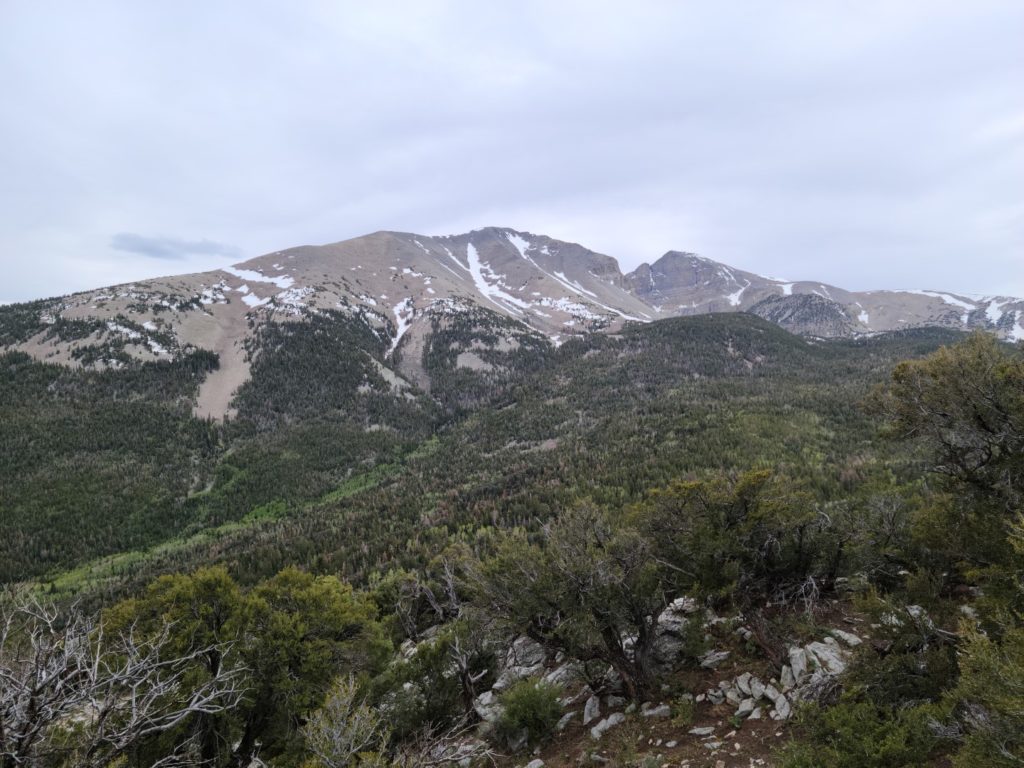
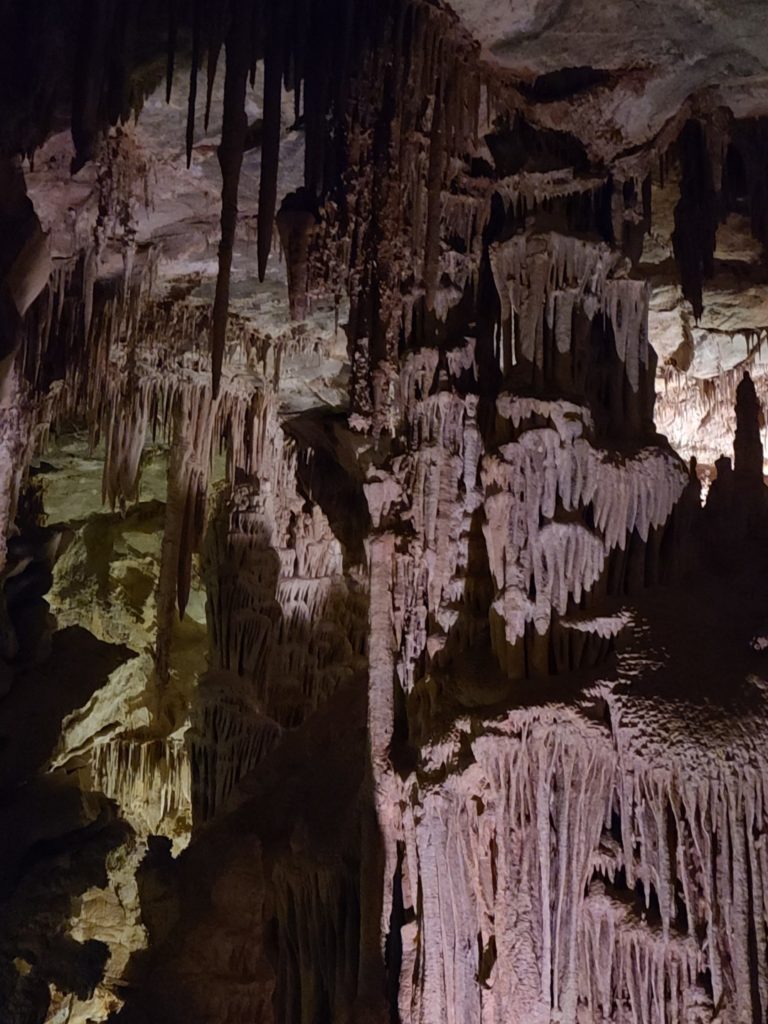
Camping?
There is plenty of options along the “empty of road”.

